Rosa 'Yves Piaget'®: Roland zh, CC BY SA 3.0, via Wikimedia Commons @ https://commons.wikimedia.org/wiki/File:Rapperswil_-_Duftrosengarten_-_Yves_Pioget_TH_Meilland_1984_2010-08-29_16-07-18.JPG
view of La Côte aux Fées, from northeast: Krol:k, CC BY SA 3.0, via Wikimedia Commons @ https://en.wikipedia.org/wiki/File:La_Côte_aux_Fées.jpg
Library of Congress Prints and Photographs Division Washington, D.C.: Public Domain, via Library of Congress Prints and Photographs Online Catalog (PPOC) @ http://www.loc.gov/pictures/item/92506237/
"The clockface on the Torre dell'Orologio (clocktower) in the Piazza San Marco, Venice": Peter J StB Green, CC BY 3.0, via Wikimedia Commons @ https://en.wikipedia.org/wiki/File:Venice_clocktower_in_Piazza_San_Marco_(torre_dell'orologio)_clockface.jpg
"Rosa 'Chrysler Imperial' in the Volksgarten in Vienna. Identified by sign.": Anna reg, CC BY-SA 3.0, via Wikimedia Commons @ https://commons.wikimedia.org/wiki/File:Rosa_Chrysler_Imperial.JPG
Rosa 'Yves Piaget'®, Rapperswil, Switzerland: Roland zh, CC BY-SA 3.0, via Wikimedia Commons @ https://commons.wikimedia.org/wiki/File:Duftrosengarten_Rapperswil_-_Yves_Piaget_TH_Meilland_1984_2010-09-06_17-45-20.JPG
"Vintage Postcard - Red Rose Inn, West Grove, PA": Dave (riptheskull), CC BY ND 2.0, via Flickr @ http://www.flickr.com/photos/vintagehalloweencollector/3483832446/
Rosa 'Mme A. Meilland': Musteroiseau, CC BY-SA 3.0, via Wikimedia Commons @ https://commons.wikimedia.org/wiki/File:Rosa_3465.JPG
"Piaget": christina rutz (paparutzi),CC BY 2.0, via Flickr @ http://www.flickr.com/photos/paparutzi/1911880924/
Yves Piaget (TH Meilland 1984) in Duftrosengarten for blind people in Rapperswil (Switzerland): Roland zh, CC BY SA 3.0, via Wikimedia Commons @ https://commons.wikimedia.org/wiki/File:Duftrosengarten_Rapperswil_-_Yves_Piaget_TH_Meilland_1984_2010-09-06_17-44-40.JPG
"Yves Piaget Garden Rose": CGWF, CC BY ND 2.0, via Flickr @ http://www.flickr.com/photos/cgwf/5407416437/
"Chanel + Piaget": [rom], CC BY-SA 2.0, via Flickr @ http://www.flickr.com/photos/_rom_/112626189/
Rosa 'Yves Piaget'®, Roseraie de Bagatelle, Paris: Georges Seguin (Okki), CC BY SA 3.0, via Wikimedia Commons @ https://commons.wikimedia.org/wiki/File:Rose_Yves_Piaget_20070601.jpg


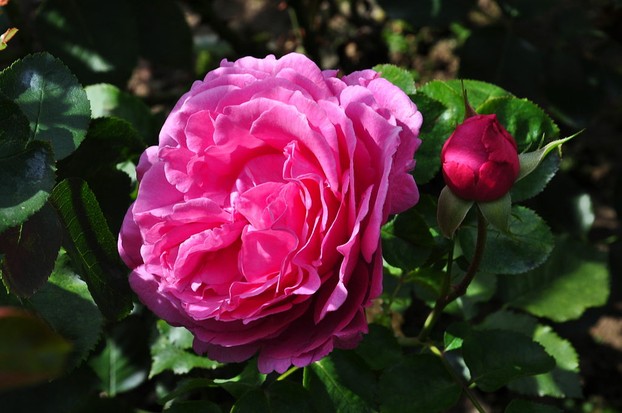
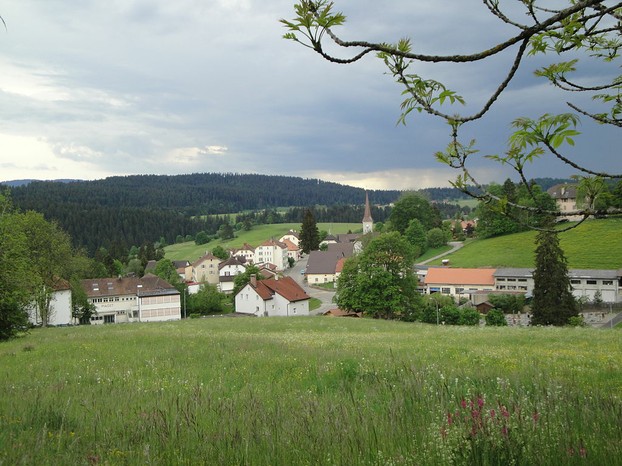
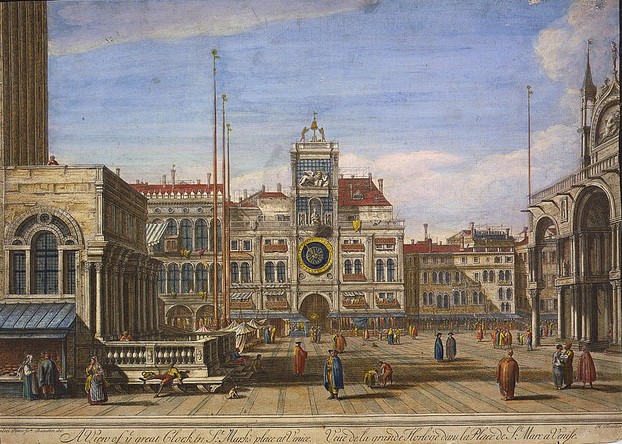
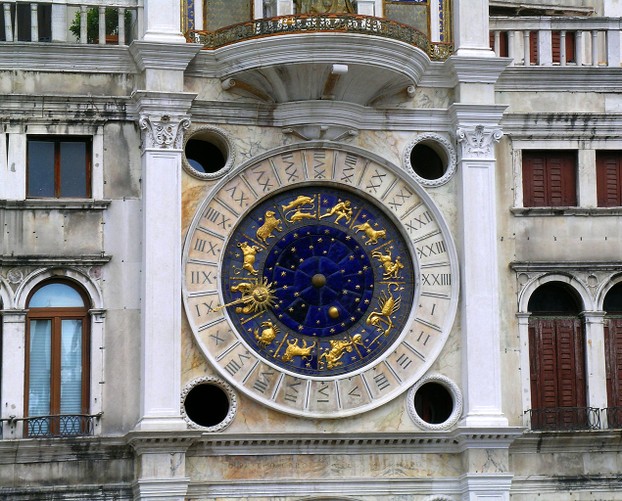
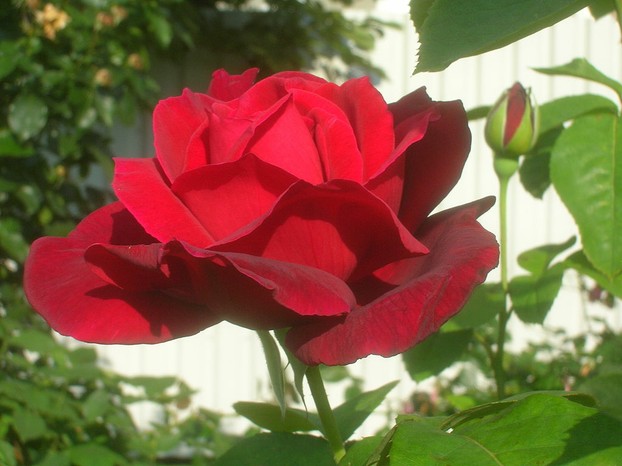
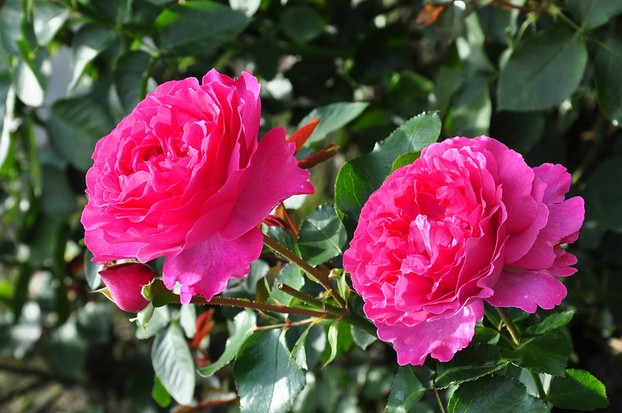
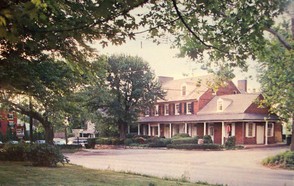
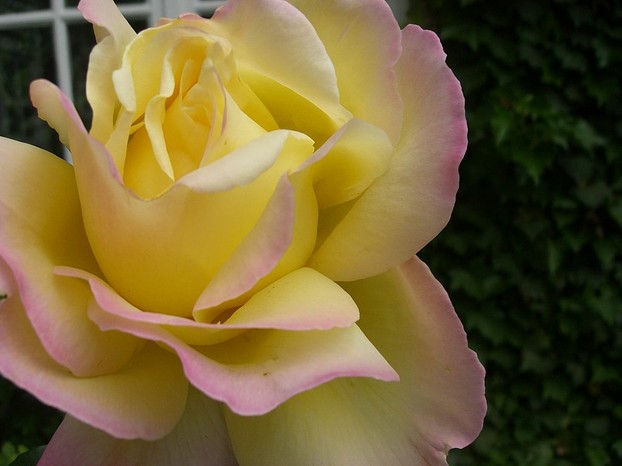
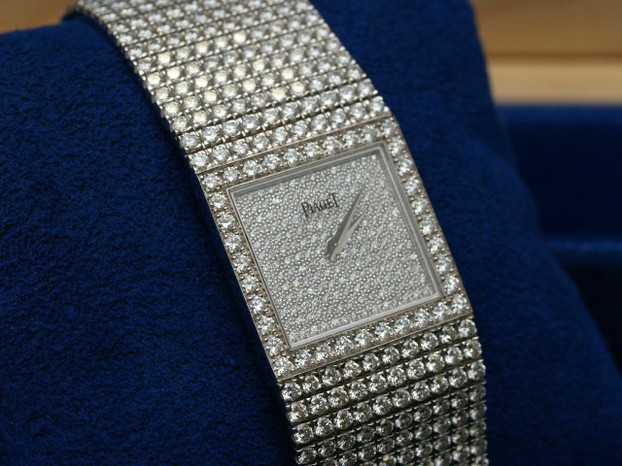
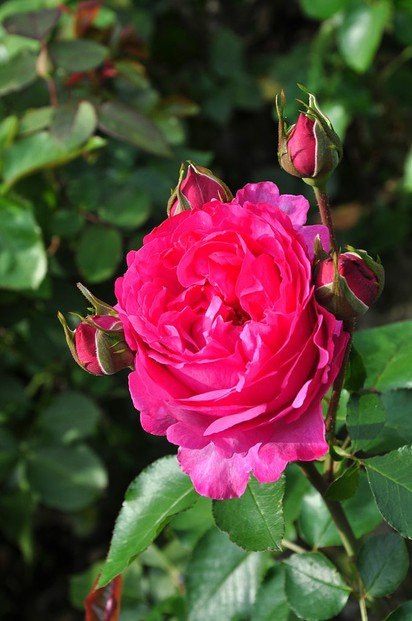
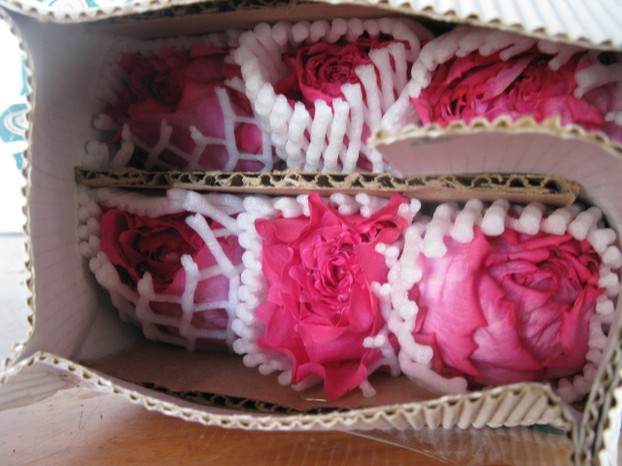
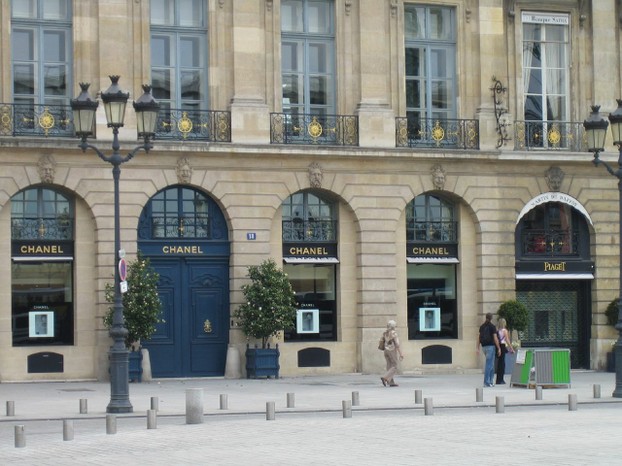
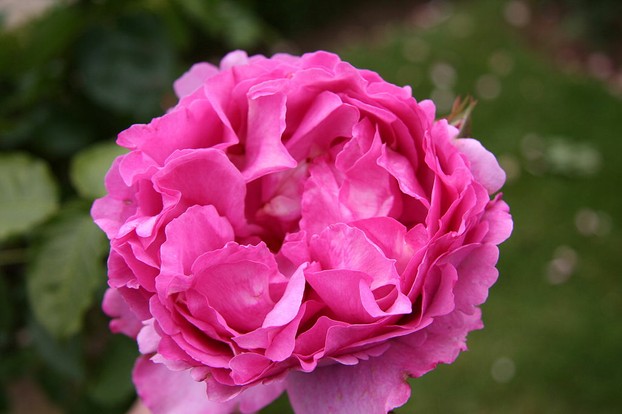



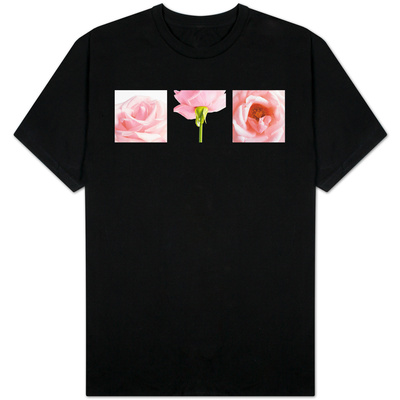

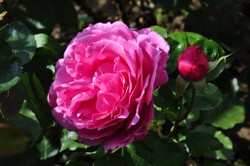

 Are Hawaiian Huakai Po Nightmarchers Avenging Halloween Thursday?on 10/02/2024
Are Hawaiian Huakai Po Nightmarchers Avenging Halloween Thursday?on 10/02/2024
 Mailing Addresses for 2023 Form 4868 Extending 1040 and 1040SR April 15, 2024, Due Dateon 04/15/2024
Mailing Addresses for 2023 Form 4868 Extending 1040 and 1040SR April 15, 2024, Due Dateon 04/15/2024
 Mailing Addresses for 2023 Forms 1040 and 1040SR Filed in 2024on 04/15/2024
Mailing Addresses for 2023 Forms 1040 and 1040SR Filed in 2024on 04/15/2024
 Mailing Addresses for 2022 Form 4868 Extending 1040 and 1040SR April 18, 2023, Due Dateon 04/13/2023
Mailing Addresses for 2022 Form 4868 Extending 1040 and 1040SR April 18, 2023, Due Dateon 04/13/2023

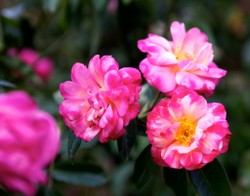
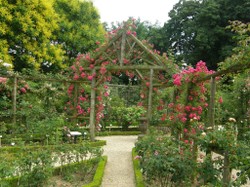
Comments
Mira, It's easy to see why 'Peace' is acknowledged universally as the most beautiful rose in the world. And to think that it was bred in the 20th century!
Even if you don't know what the varieties are, your article would be nice just for the photos alone.
Aren't labels posted alongside each rose? Isn't there an archive or an archivist who did or still does keep records of what is growing in the park? It would seem to me that somebody somewhere has a paper trail regarding provenance and identification.
Thank you for appreciating roses, visiting and commenting.
I've always wanted to learn more about roses. We have a park in Romania with hundreds of varietals. I wanted to post pictures but have no idea what to call the individual roses.
Your article was absorbing. Loved the images too: the clock in St. Mark's Square, and, oh, the Peace rose! How beautiful!